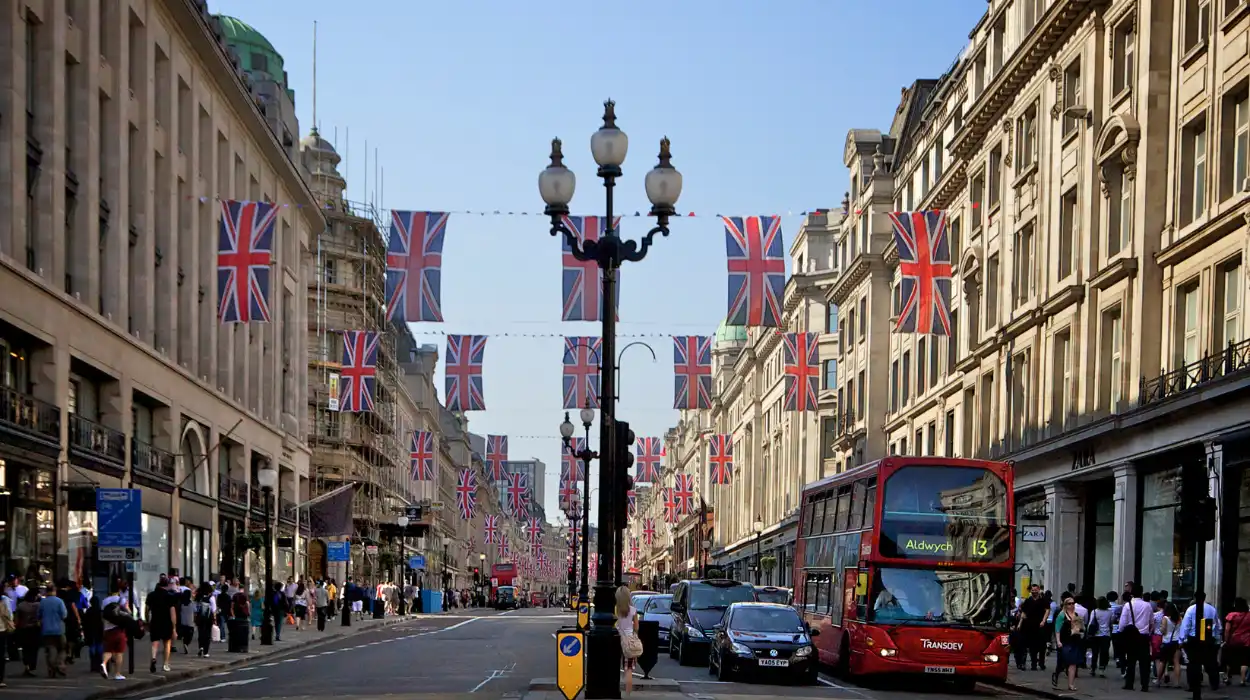City of Westminster (Parliament Politics Magazine) – Westminster Council unveils plans to pedestrianise Regent Street St James’s, aiming to improve air quality, safety, and accessibility in the historic area.
In reaction to the Regent Street, Haymarket, and Piccadilly Circus design, Karen Proctor, Chair of the United Cabbies Group, warned that the plans as presented run the risk of “trading a perceived short-term aesthetic gain for long-term urban dysfunction.”
A representative for The Crown Estate and Westminster City Council, who are collaborating on the proposals, stated that taxis are “essential to the West End’s transport network” and that input from organizations that include taxi drivers “is helping us build a clear picture of the priorities and concerns we need to address.”
The pedestrian area at Piccadilly Circus would be significantly expanded, and Regent Street St. James’s would be traffic-free, according to designs released last month.
The online poll received nearly 3,500 responses, and this fall, a summary report on the public engagement will be released.
According to the council, the draft masterplan reimagines the goal of architect John Nash, who laid out his idea to connect Regent’s Park and St. James’s Park 200 years ago.
Additionally, it is hoped to support the pedestrianization of nearby Oxford Street, which is a plan of London Mayor Sir Sadiq Khan.
However, United Cabbies Group expressed reservations about a number of aspects of the plan in its reply to the consultation, which was shared with the Local Democracy Reporting Service (LDRS).
“While we commend the intention to enhance London’s urban environment and support the overarching aim of making the area a world-class destination, we are deeply troubled by the severe and far-reaching implications that these proposals, in their current form, will have for access, traffic flow, public mobility, and the economic vibrancy of the West End,”
it reads.
“Regent Street is not only one of London’s most iconic thoroughfares but also a vital artery in the life of the capital. It links the West End’s retail district with essential transport and business infrastructure. Any proposals to alter its configuration must, therefore, meet the highest standards of scrutiny, balancing the needs of visitors, residents, businesses, and vulnerable groups alike.”
The group’s main issue, according to Ms. Proctor, who filed the objection on its behalf, is that the planned changes “will fundamentally undermine licensed taxi access for a wide range of users.”
According to Ms. Proctor, if the proposal is carried out as intended, it will force heavy traffic onto other routes, increasing congestion, and cut off access to dozens of hotels, restaurants, stores, and activities.
The Londoner, Haymarket Hotel, and Thistle Piccadilly are a few of the hotels that are mentioned as being at risk of being cut off.
Ms Proctor wrote:
“A thriving city must be inclusive. The current proposals risk making central London less accessible to those who are already at risk of exclusion. The cultural institutions, shops, and social spaces that make Regent Street unique should be open and welcoming to all, not just those able and willing to travel on foot or by bicycle.
To be truly inclusive urban enhancement must recognise the diverse needs of all potential users, not just the young and able-bodied. Plans that overlook these requirements fail in their most fundamental duty to the public good.”
A spokesperson for Westminster City Council and The Crown Estate said:
“Taxis are integral to the West End’s transport network and allow people, including those with disabilities, older residents, busy Londoners and visitors, to choose how to move from place to place.
We’re in regular dialogue with the Licensed Taxi Drivers’ Association (LTDA), and a significant number of taxi drivers have taken part in our recent consultation, which recently closed. That feedback, alongside input from residents, businesses and visitors, is helping us build a clear picture of the priorities and concerns we need to address.
Our aim is to design streets that work for everyone. That means ensuring passengers and drivers can access the kerbside where it matters most to their customers, while also improving safety, cutting congestion and creating a more welcoming West End. Taxis are part of that future, and we’re committed to making sure the final designs reflect their vital role.”
How will pedestrianising Regent Street St James’s affect local traffic flows?
The street will be completely traffic-free between Piccadilly Circus and St James’s Park, redirecting vehicular movement to adjacent roads. Haymarket, which runs parallel to Regent Street St James’s, will be converted to two-way traffic. This will help accommodate the displaced vehicles and maintain access through the area.
Safer cycling routes will be introduced along Regent Street, benefiting cyclists and reducing congestion caused by motor vehicles.
Removing the central island on Regent Street will improve pedestrian flow and likely smooth vehicle movement on alternative routes. Expanded pedestrian spaces at Piccadilly Circus and along nearby streets will encourage walking and reduce the need for short-distance vehicle trips.


